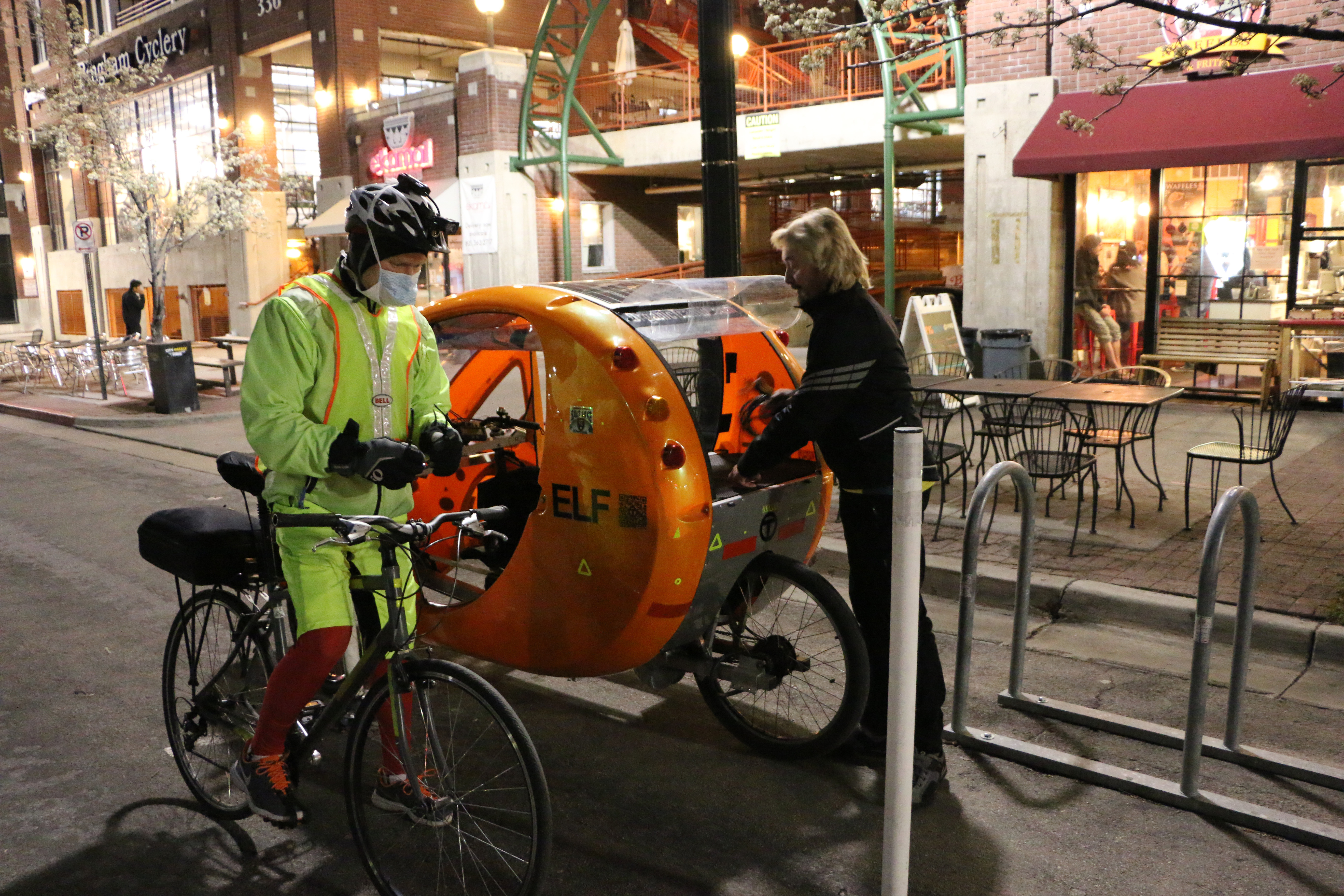
In this past legislative session there were 15 bills proposed addressing air pollution in Utah. A few were passed which will do little to clean our air. I was amazed that not one bill was proposed that would curb, inhibit or clean the emissions produced by industry—which accounts for around 20% of total emissions.
Magcorp, outside of Tooele, in particular emits nearly 7.4 million pounds of chlorine gas from their smokestack. That is an especially striking quantity when one realizes just 10 pounds of Chlorine gas could kill a room full of people in less than ten minutes. Could this be an unseen culprit for sending hundreds of Utahns to emergency rooms on red air days, as well as causing long-term side effects such as infertility, asthma, lung disease and cardiovascular diseases?
The Division of Air Quality for the State of Utah always measures air quality in terms of the number of PM 2.5s AKA fine particulate matter (particulates that measure as 2.5 nanometers wide). Many of these PM2.5s are produced by vehicles as carbon emissions and also come from the burning wood and fossil fuels. Most of the bills proposed were to address diesel engines in buses, wood burning and household emissions that come from appliances such as water heaters. These forms of emissions can be reduced as we adopt the use of cleaner burning fuels and spend the money on more efficient appliances. But forcing consumers and builders to adopt these more efficient appliances ultimately has a price tag that not everyone can afford.
As seen under the current law all PM 2.5s are basically created equally and the point of the air quality index measuring devices is to measure the quantity of 2.5s not the type. But not all PM 2.5s are created equally. Our Utah Legislators are attempting to meet the minimum requirements that the EPA dictates.
Several million PM 2.5s of carbon dioxide and VOX (volatile oxygen compounds) such as benzene are bad, but not considered worse than chlorine gas in the air quality index.
Chlorine gas was banned by the Geneva Conventions because it is a very effective method for mass murder. Yet our State Legislature is treating these chemicals as one and the same. Is this sound science? I started by asking the leader of the Clean Air Caucus for the State of Utah, Patrice Arent.
“We get all of our information for our legislation from the Division of Air Quality. I’m not a scientist and can’t tell you the difference between various mixtures.” She recommended we talk to a real expert.
So, we spoke to Division of Air Quality Chief, Bryce Bird, and he told us that places like Magcorp have a negligible impact on air quality because their smokestack is so high the chlorine gas goes into the upper atmosphere and keeps those emissions away from the greater population along the Wasatch Front.
I was amazed by his answer that 7.6 million pounds of chlorine is really no biggie. Could this be true?
Mr. Bird replied, “When we look at what is causing the fine particulate matter, the major components are automobiles and homes. He added, “When we look at U.S. Magnesium with the chlorine they are emitting, it’s reactive and absorbs onto the water molecules. It either falls out or slightly acidifies the water molecules, but it doesn’t really play into the urban smog in the valleys.”
I ran Mr. Bird’s answer by Dr. Brian Moench, of Physicians for a Healthy Environment, when he spoke at a gathering on clean air for cyclists at Bingham Cyclery.
“I really can’t believe he told you that, of course it makes a difference. There are studies which show that the people who live closest to the large smokestacks have higher incidences for cancer and birth defects.”
Dr. Moench went on to say, “The chlorine gas eventually lands on the ground, and some claim it becomes inert. But this isn’t true. It will then go into groundwater and aquifers and continue to contaminate.”
Utah’s Division of Air Quality (under the Department of Environmental Quality) has around 104 state employees. Yet, none of the scientists are working toward measures to curb industrial pollution, which is only going to increase in the next four years.
Dr. Moench’s presentation was focused on how we can use respirators to make it possible to bicycle commute when the air quality is poor. He uses a doctor’s mask, which he says, “Does very little, but will make some difference.” Wouldn’t it be nice if we knew our public leaders were working to improve our health like Dr. Moench offers free-of-charge?






